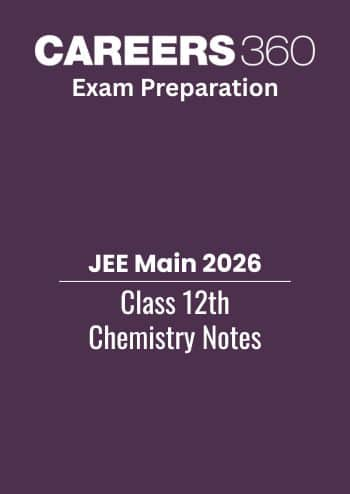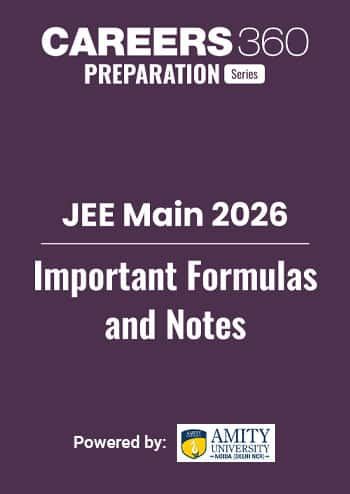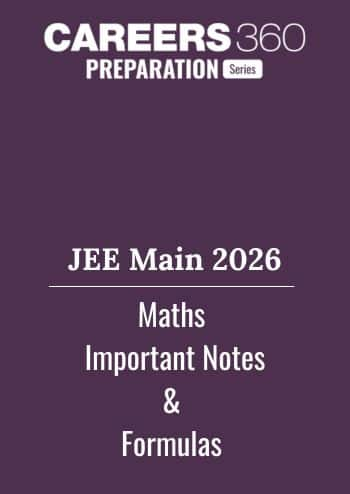Le Chatelier's Principles on Equilibrium - Practice Questions & MCQ
Quick Facts
-
Le Chatelier’s principle, Le Chatelier’s principle is considered one of the most asked concept.
-
60 Questions around this concept.
Solve by difficulty
Which acid-base reaction is least shifted in forward direction?
In an aqueous solution of volume 500 ml , when the reaction of $2 \mathrm{Ag}^{+}+C u \leftrightarrow C u^{2+}+2 A g$ reached equilibrium the $\left[\mathrm{Cu}^{2+}\right]$ was x Molar. When 500 ml of water is further added, the equilibrium $\left[\mathrm{Cu}^{2+}\right]$ will be :
With the increase in temperature,the following reaction will move in which direction?
$A+B \rightleftharpoons C+D \quad \Delta H=(+)$ ive
Latest: Free All-India JEE Main 2026 Mock Test - Attempt Now
JEE Main Sample Papers: Physics | Chemistry | Maths | Top 30 Repeated Questions
JEE Main QP & Mock: Previous 10 Year Questions | Chapter Wise PYQs | Mock test Series
JEE Main: Last Five Year Analysis (2021-2025)
The reaction C2H6 (g) C2H4 (g) + H2 (g) is at equilibrium in a closed vessel at 1000 K. The enthalpy change (ΔH) for the reaction is 137.0 kJ mol–1. Which one of the following actions would shift the equilibrium to the right?
The degree of dissociation of CH3COOH is influenced by
A catalyst in a reversible reaction :-
Concepts Covered - 3
It is defined as the ratio of concentration of products to the concentration of the reacting species raised to their stoichiometric coefficient at any point of time other than the equilibrium stage. It has the exact same expression as that of the Equilibrium constant except that the concentration values are at any instant. Mathematically, it can be determined as follows:
If we consider a reaction
Q can be denoted as Qc or Qp if we use concentration in terms of mole per litre or partial pressure respectively.
The value of Q is useful to determine the direction in which the equlibrium will shift at any instant for a particular set of activity of the species involved.
- When Q = K, the reaction is at equilibrium and rate of forward and backward reactions are equal.
- When Q > K, the reaction will proceed or favour backward direction. This means products convert into reactant to attain equilibrium.
- When Q < K, the reaction will proceed or favour forward direction. This means that the reactants convert into product to attain equilibrium.
Relation between K, q and
where
Now, we know that
Putting this value in equation (1)
which can be simplified to
From Equation (2) it is clear that
It describes the effect of change in concentration, pressure and temperature on the reversible system.
According to it, "If the system at equilibrium is subjected to a change of concentration or temperature or pressure, the system adjusts itself in such a way as to nul the effect of that change i.e., the effect of these changes can be neglected or minimized."
Effect of Concentration
-
An increase in the concentration of any substance favours the reaction in which it is used up i.e, in the opposite direction.
-
An increase of concentration of reactant favours the formation of more product i.e., forward reaction. Increase in concentration of product favours.
-
Increase in concentration of product favours backward reaction. I.e., its continuous removal is essential for more formation of it.
Effect of Pressure
-
High pressure is favourable for the reaction in which there is a decrease in volume or nr > np.
-
Low pressure is favourable for the reaction in which there is an increase in volume or nr < np.
-
Pressure is kept constant when the volume is constant or nr = np.
Here nr = moles of gaseous reactant
np = moles of gaseous product
Effect of change in temperature
On increasing the temperature, equilibrium shifts to that direction which proceeds with the absorption of heat.
This is an endothermic reaction. Thus, on increasing the temperature, equilibrium shifts in the forward direction.
This is an exothermic reaction. Thus on increasing the temperature, equilibrium shifts in backward direction.
For example:
In this reaction, the product formed is HI and the release of 3000 calories of energy. Thus if temperature is increased then equilibrium will shift backward and form the reactants.
Effect of Adding Inert Gas on Equilibrium
- When np is equal to nr there is no effect of adding an inert gas either at constant volume or pressure.
- When np ≠nr there is no effect of adding an inert gas at constant volume.
- When np ≠nr at constant pressure on adding inert gas equilibrium will shift towards more volume side. e.g., dissociation of ammonia will be more at constant pressure by adding inert gas like argon (Ar).
Study it with Videos
"Stay in the loop. Receive exam news, study resources, and expert advice!"















